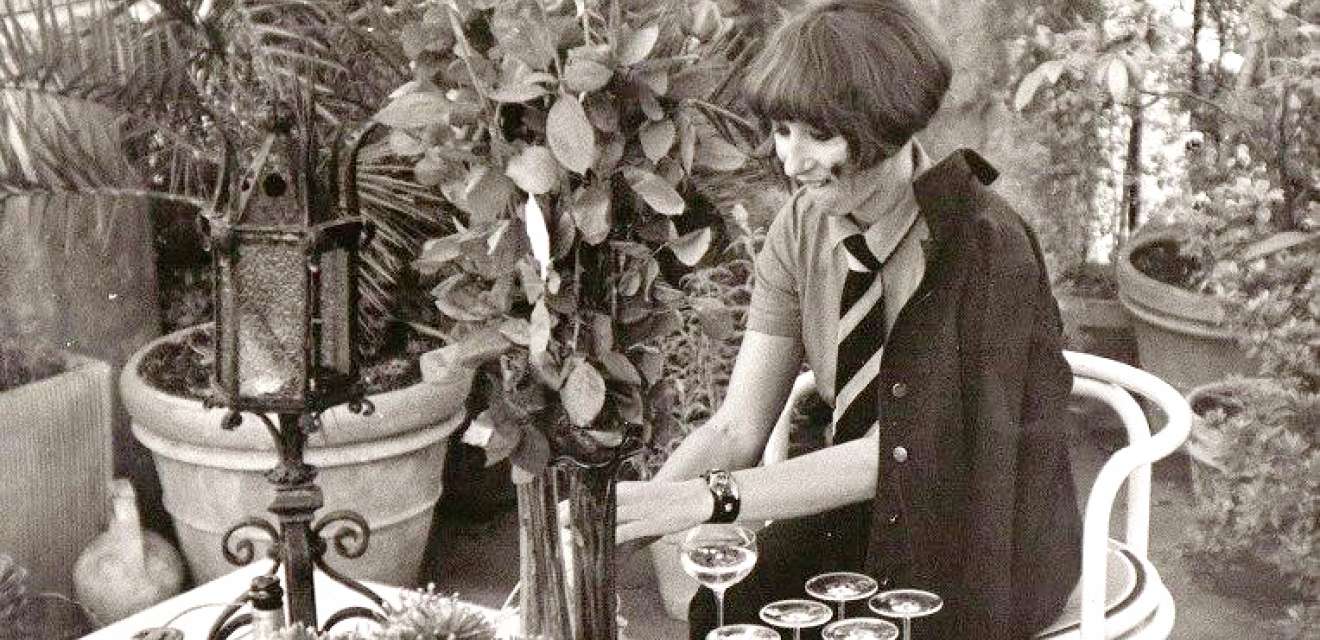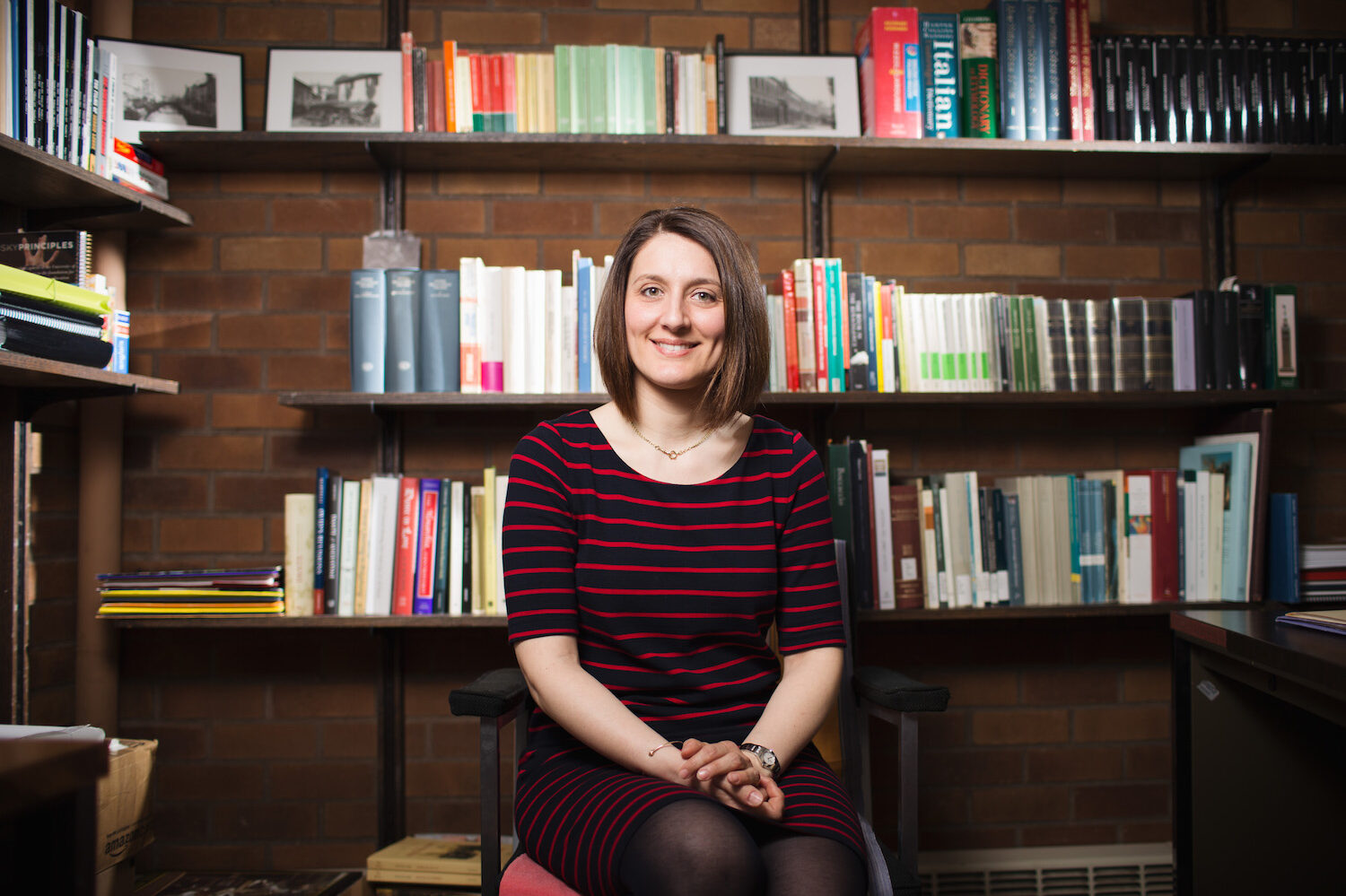Civita di Bagnoregio is one of the most beautiful hill towns in Italy. Located about 60 miles north of Rome, this stunning gem has escaped the modern age mostly because of its topography. No cars are allowed and there are only 12 full-time residents. Its buildings, public spaces and overall ambience retain much of their centuries-old flair.
The Civita Institute, headquartered in Seattle, Wash., has been preserving the town’s architecture, history, culture and way of life for four decades. Formerly known as the Northwest Institute for Architecture and Urban Studies in Italy, the organization was initially created to involve the professional community in the Italian studies program offered by the University of Washington’s College of Architecture and Urban Planning. Its co-founders were architect Astra Zarina, a native of Latvia and former UW professor who died in 2008, and her husband Anthony Costa Heywood, also an architect.
In 2006, the Institute helped add Civita to the World Monuments Fund’s “100 most endangered places.” Two years later, the group hosted an influential international symposium in Civita on geologic sustainability. Recently, the Institute has expanded its offerings of fellowships, residencies and cross-cultural programming.
We sat down recently with Jim Corey, president of the Civita Institute, and long-time supporter Mark Drexler to learn more about the organization, its roots and its plans for the future.
More than 40 years ago, Astra Zarina began taking a few students to Italy to study architecture. How did this modest beginning grow into the Civita Institute?
(Jim Corey): Astra initiated the UW’s Architecture in Rome program in 1970. A few years later, she added a course on Italian hill towns, based in Civita. She and Tony owned a house in Civita and over the years, they bought and restored several other buildings there. She worked closely with the locals, teaching them how important it is to protect and preserve the old ways of doing things.
(Mark Drexler): Astra and her personal connection to Civita are what make our organization unique. Our programs are not about tourism but about cultural immersion, learning, research and sustainability.
How important was Astra’s influence on Civita?
(JC): Without Astra, Civita would be a very different place. When she first moved there, many buildings were not occupied. There was no water, no central heating. She had the first functional bathroom in town. She promoted restoration but was also determined to hold onto traditions.
In 2013, we took ownership of six buildings there. Three apartments and a studio are available to rent so people can have an authentic experience. The apartments are rustic but beautifully preserved with chestnut beams, brick walls and old art, yet with modern bathrooms and kitchens.
How can I take advantage of what your organization offers?
(JC): Join the Civita Institute! We offer several ways to live and study in Civita. One is a residency where you can rent one of our apartments for $1,200/month for up to three months. It’s perfect for artists, writers, photographers. The residencies have two important components: they’ll have a huge impact on your life, and they help us maintain ties with the locals.
We also offer three fellowships each year, awarded through a competitive process. Our fellows have conducted some amazing and original research. One couple wrote a middle-school curriculum on Roman history; another, a children’s book on the Middle Ages. Others have researched herbs used in local recipes or documented color variations in the tufa stone. What is surprising is the amount of invention that happens along the way. You think you have your research project figured out, but you get there and things change. Civita changes you.

What do the locals think about your involvement in their town?
(JC): The locals loved Astra! Her husband Tony still lives there. They realize that our group brings in people who want to learn and engage with them. It’s a boost economically, too. We have also amassed a wealth of information about Civita’s culture and history and we are busy archiving these materials to share worldwide.
(MD): In 1976 as a University of Washington architecture major, I helped plan the restoration of a school in Civita’s main piazza. During my stay, I knew everyone and was completely immersed in their lives, even worked in the fields with them. I return to Civita often to keep the legacy of Astra alive. It’s a magical place!
What do you see as a major issue facing Civita these days?
(JC): The city gets busloads of day-trippers, as many as 3,000 a day. The local government has done a fantastic job of stabilizing the cliffs on which Civita perches but maybe we need to start a discussion on cultural stabilization, to explore how this influx of tourists may affect the town’s future. I’ve already noticed you have to lock your doors now, otherwise tourists walk right in.
What’s next for the Civita Institute?
(JC): We are looking for more organizations to partner with―colleges, retreat centers, cross-cultural groups―and we want to offer more education programs or symposiums. We believe we could also be a resource for the Italian government during the application process to get Civita named a UNESCO World Heritage Site.
To learn more: Visit the Civita Institute at http://www. niausi.com/1/home.html.
































